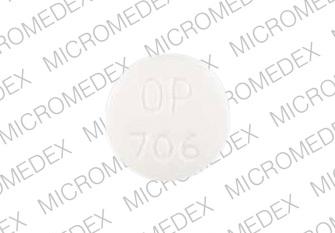Antabuse and Alcohol/Food Interactions
There are 2 alcohol/food/lifestyle interactions with Antabuse (disulfiram).
Caffeine Disulfiram
Minor Drug Interaction
Disulfiram may increase the cardiovascular and CNS-stimulant effects of caffeine. The mechanism may be related to inhibition of caffeine metabolism in liver microsomes. Patients should be advised to limit their caffeine intake while they are taking disulfiram, particularly if they are experiencing excessive irritability, nervousness or insomnia.
References (1)
- Beach CA, Mays DC, Guiler RC, et al. (1986) "Inhibition of elimination of caffeine by disulfiram in normal subjects and recovering alcoholics." Clin Pharmacol Ther, 39, p. 265-70
Disulfiram Alcohol (Ethanol)
Major Drug Interaction
CONTRAINDICATED: Consumption of ethanol during treatment with disulfiram may cause flushing, nausea, blurred vision, dyspnea, tachypnea, tachycardia, and hypotension. Death has been reported. The mechanism is probably related to inhibition of aldehyde dehydrogenase, the enzyme responsible for the oxidation of acetaldehyde to acetyl CoA. Accumulation of acetaldehyde probably results.
MANAGEMENT: Ethanol should be avoided in patients receiving disulfiram.
References (3)
- Jones RO (1949) "Death following the ingestion of alcohol in an antabuse treated patient." Can Med Assoc J, 60, p. 609-12
- Stoll D, King LE (1980) "Disulfiram-alcohol skin reaction to beer-containing shampoo." JAMA, 244, p. 2045
- van Ieperen L (1984) "Sudden death during disulfiram-ethanol reaction." S Afr Med J, 66, p. 165
Switch to consumer interaction data
Antabuse drug interactions
There are 211 drug interactions with Antabuse (disulfiram).
Antabuse disease interactions
There are 5 disease interactions with Antabuse (disulfiram) which include:
More about Antabuse (disulfiram)
- Antabuse consumer information
- Check interactions
- Compare alternatives
- Reviews (112)
- Drug images
- Side effects
- Dosage information
- During pregnancy
- Support group
- Drug class: drugs used in alcohol dependence
- Breastfeeding
Related treatment guides
Drug Interaction Classification
| Highly clinically significant. Avoid combinations; the risk of the interaction outweighs the benefit. | |
| Moderately clinically significant. Usually avoid combinations; use it only under special circumstances. | |
| Minimally clinically significant. Minimize risk; assess risk and consider an alternative drug, take steps to circumvent the interaction risk and/or institute a monitoring plan. | |
| No interaction information available. |
See also:
Further information
Always consult your healthcare provider to ensure the information displayed on this page applies to your personal circumstances.


